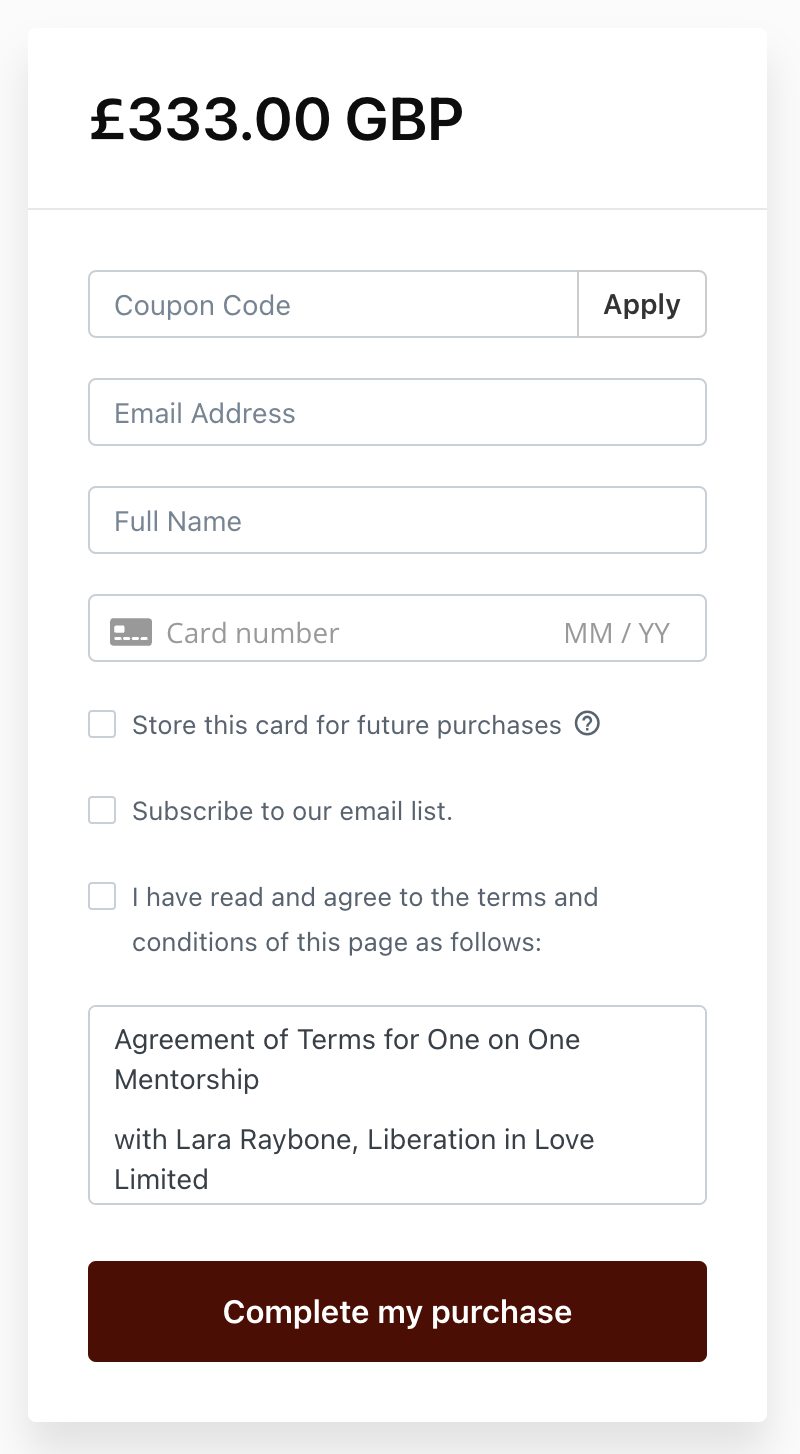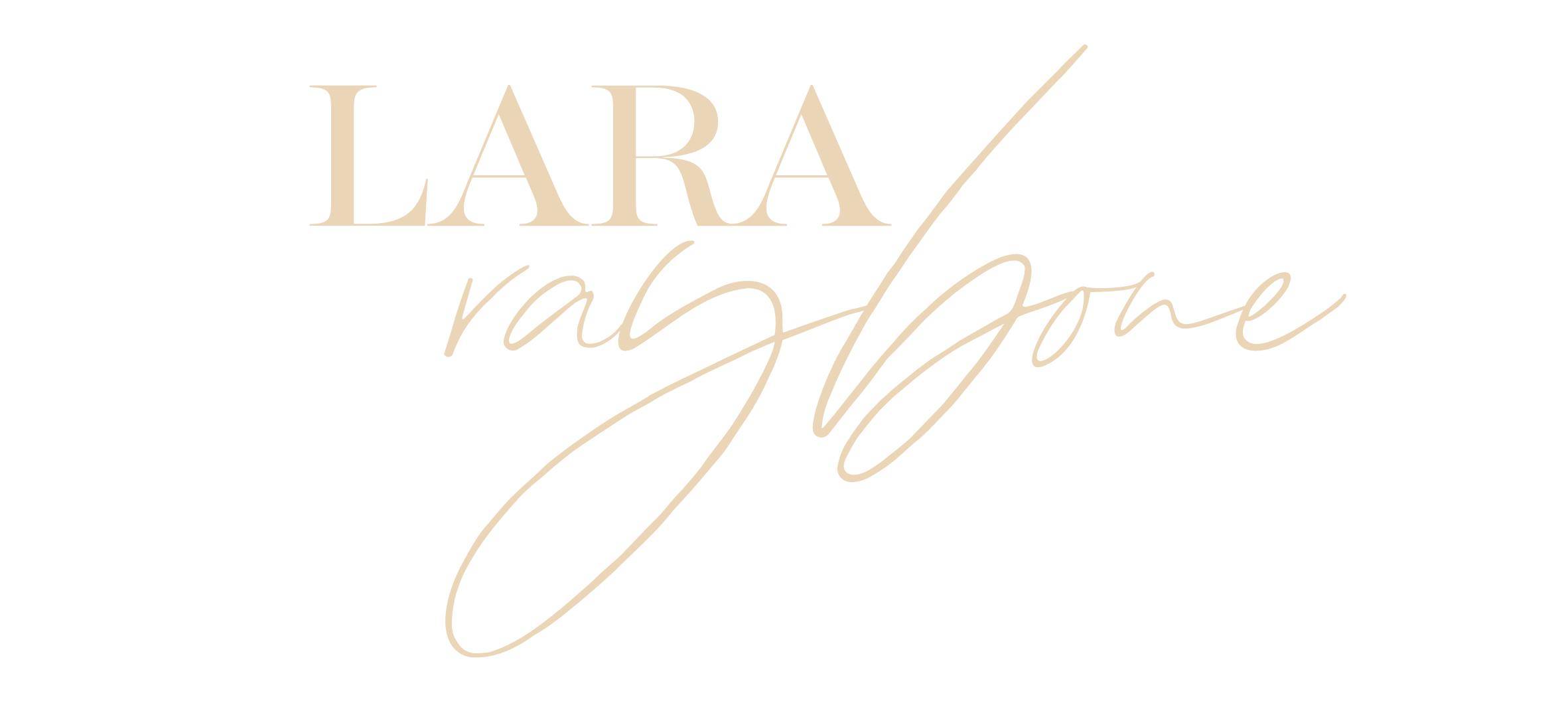In our fast-paced world, understanding and maintaining energetic boundaries is essential for personal well-being and healthy relationships. Energetic boundaries are the invisible lines that protect our energy and help us manage how much we give and receive from others. Often overlooked, these boundaries play a crucial role in how we interact with the world and maintain our sense of self. This practical guide will delve into the importance of recognizing these boundaries and offer straightforward strategies to help you protect and honor them in everyday life. By learning to manage your energetic space, you can cultivate a more balanced and fulfilling existence.
What Are Energetic Boundaries?
Defining Energetic Boundaries
Energetic boundaries are conceptual barriers that help you control the flow of energy between yourself and others. They are not visible, yet they significantly impact your emotional and mental well-being. These boundaries define where your personal energy ends, and another’s begins, allowing you to maintain a healthy sense of self. Without clear energetic boundaries, you may feel drained, overwhelmed, or even manipulated by the emotions and energies of those around you. Understanding these boundaries allows you to decide what you permit into your energetic space and what you keep out. This helps in maintaining emotional stability and resilience. Recognizing and defining these boundaries is the first step in taking charge of your personal energy, ensuring that your interactions are balanced and respectful. By acknowledging these invisible lines, you empower yourself to engage with others in a more intentional and controlled manner.
Importance of Energetic Boundaries
Energetic boundaries are vital for maintaining your mental and emotional health. They help you navigate relationships by clearly defining what you are comfortable with and what you are not. Without these boundaries, you might find yourself absorbing the stress, negativity, or emotions of others, leading to a sense of exhaustion or loss of self. Establishing energetic boundaries allows you to protect your personal space, ensuring that your interactions do not drain your energy. This boundary-setting is crucial for fostering mutual respect and understanding in relationships, whether personal or professional. It also aids in stress management, as you learn to filter out unnecessary emotional clutter from your surroundings. By prioritizing energetic boundaries, you can create a more peaceful and balanced life, where you have the capacity to focus on your own needs while engaging with others in a healthy and supportive manner.
This 7 week programme is an embodied exploration, of the facets of the feminine, through the lens of sexuality. Click the image below to book your place.

Common Misconceptions
One common misconception about energetic boundaries is that they are selfish or create distance in relationships. In reality, establishing these boundaries fosters healthier interactions by ensuring mutual respect and understanding. Another misconception is that energetic boundaries are fixed and rigid. However, they are flexible and can change depending on the situation or relationship. Some people also believe that having energetic boundaries means cutting off emotions entirely. On the contrary, these boundaries help manage emotions, allowing for authentic and balanced exchanges without being overwhelmed. Additionally, many assume that energetic boundaries are only necessary for highly sensitive people. While they are crucial for those individuals, everyone can benefit from understanding and maintaining their energetic space. Dispelling these misconceptions is essential for embracing the positive impact that energetic boundaries can have on personal well-being and interpersonal relationships, leading to a more fulfilling and balanced life.
Recognizing Your Energetic Limits
Signs of Energetic Overload
Energetic overload occurs when you absorb more emotional or mental energy than you can handle. Recognizing the signs of this overload is crucial for maintaining well-being. Common indicators include feeling exhausted even after adequate rest, experiencing mood swings, or having difficulty concentrating. You may also notice increased irritability or a sense of being overwhelmed by everyday tasks. Physical symptoms like headaches or muscle tension can also signal energetic overload. Additionally, if you find yourself withdrawing from social interactions or feeling disconnected from your surroundings, it might be time to evaluate your energetic boundaries. These signs suggest that your energy reserves are depleted, and it’s essential to take steps to recharge. By identifying these symptoms early, you can begin to implement strategies to manage your energy better, ensuring that you maintain a healthy balance between giving and receiving in your interactions with others.
Identifying Personal Triggers
Understanding your personal triggers is key to managing energetic boundaries effectively. Triggers are specific situations, people, or environments that drain your energy or cause emotional upheaval. Identifying these triggers involves self-reflection and observation of your reactions in various circumstances. Start by noting moments when you feel suddenly exhausted, anxious, or irritable. Consider what or who might have influenced these feelings. It could be a demanding work environment, certain social settings, or even engaging with particular individuals. Keeping a journal can help track patterns and pinpoint recurring triggers. Recognizing these elements allows you to prepare and protect your energy in advance. Once identified, you can devise strategies to either avoid or alter your reactions to these triggers, thereby maintaining your energetic equilibrium. This awareness empowers you to make informed choices about your interactions and environments, promoting a healthier and more balanced lifestyle.
Daily Self-Assessment Techniques
Conducting daily self-assessments is an effective way to monitor your energetic state and maintain healthy boundaries. Begin each day by taking a few moments to check in with yourself. Consider your physical sensations, emotional state, and mental clarity. Ask yourself how you feel as you start your day. Is there tension in your body, or do you feel mentally sluggish? Throughout the day, pause to reassess your energy levels, especially after interactions or activities that typically affect you. Consider using a simple rating scale from 1 to 10 to gauge your energy levels and emotional well-being. Reflect on any shifts in your mood or energy, and note what might have contributed to these changes. At the end of the day, review your notes to understand how your energy fluctuated and why. This practice helps identify patterns and inform strategies to protect and replenish your energy, ensuring you maintain a balanced and healthy lifestyle.
Strengthening Your Energetic Boundaries
Practical Exercises for Protection
To strengthen your energetic boundaries, practical exercises can be highly beneficial. Visualization is a simple yet powerful technique. Imagine a protective bubble or shield surrounding you, deflecting negative energy and maintaining your personal space. Practice this visualization daily, especially before entering challenging environments. Grounding exercises, such as walking barefoot on grass or practicing deep breathing, help you stay centered and connected to your own energy. Another effective method is to practice saying “no” assertively. This verbal boundary acts as a protective measure, preventing energy drain from unwanted commitments or interactions. Additionally, setting aside time for solitude and reflection can replenish your energy reserves. Engaging in activities like meditation or yoga enhances your ability to maintain energetic boundaries by fostering mindfulness and self-awareness. By incorporating these exercises into your routine, you can effectively protect your energy and nurture a sense of balance and well-being in your daily life.
Techniques for Grounding and Centering
Grounding and centering are essential practices for maintaining strong energetic boundaries. Grounding connects you to the present moment and stabilizes your energy. A simple grounding exercise involves standing or sitting comfortably, closing your eyes, and taking deep breaths. Visualize roots growing from your feet into the earth, anchoring you securely. This connection can help dissipate excess energy and bring a sense of calm. Centering, on the other hand, focuses on bringing your awareness inward. Practice centering by taking a few moments to concentrate on your breath. As you inhale, imagine drawing energy towards your center, and as you exhale, release tension and distractions. Activities like tai chi or yoga can also support grounding and centering, as they emphasize controlled movements and breath awareness. Regular practice of these techniques enhances your ability to maintain a balanced energy flow, helping you navigate daily stresses with greater ease and confidence.
Building Resilience Over Time
Building resilience in maintaining energetic boundaries is a gradual process that requires consistency and patience. Start by integrating small, manageable practices into your daily routine. Regular self-reflection helps you stay aware of your energy levels and adjust boundaries as needed. Over time, you’ll become more adept at recognizing when your energy is at risk and how to protect it. It’s essential to celebrate small victories, acknowledging moments when you effectively maintained your boundaries. This positive reinforcement encourages continued growth. Establishing a support network can also enhance resilience. Engage with friends or communities who understand and respect your need for energetic boundaries. Sharing experiences and strategies can provide valuable insights and encouragement. As you consistently practice these habits, you’ll develop a stronger sense of self-awareness, empowering you to manage your energy more effectively. This resilience enables you to navigate life’s challenges with greater ease, ensuring a balanced and fulfilling existence.
Maintaining Healthy Energetic Boundaries
Setting Boundaries with Others
Setting boundaries with others is a crucial aspect of maintaining healthy energetic limits. Begin by clearly communicating your needs and limits in a respectful manner. Use “I” statements to express your feelings and requirements, such as “I need some time to myself to recharge.” It’s important to be firm yet polite, ensuring your message is understood without causing unnecessary conflict. Practice saying “no” when you feel stretched too thin, understanding that it is a valid response and essential for protecting your well-being. Observe how others respond to your boundaries. Respectful relationships will accommodate your needs, while relationships that consistently challenge your boundaries may require reassessment. Consistency is key; uphold your boundaries consistently to reinforce their importance. Remember, setting boundaries is not about pushing people away but about creating a balanced environment where both parties can thrive. This practice ensures your energy is preserved, fostering healthier and more rewarding interactions.
Self-Care Practices for Energy Protection
Self-care is essential for maintaining healthy energetic boundaries and ensuring your energy levels remain balanced. Start by incorporating regular physical activities that you enjoy, such as walking, yoga, or dancing, which help release stress and promote a sense of well-being. Prioritize adequate sleep, as it is fundamental to restoring your energy reserves. Nutrition also plays a crucial role; consume a balanced diet rich in fruits, vegetables, and whole grains to support your body’s energy needs. Mindfulness practices, like meditation or journaling, can help you process emotions and enhance self-awareness. Engage in activities that bring you joy and relaxation, whether it’s reading, crafting, or spending time in nature. These practices not only replenish energy but also strengthen your ability to maintain boundaries with others. By dedicating time to self-care, you ensure that your energy is protected, fostering resilience and promoting a more balanced, fulfilling life.
Balancing Empathy and Self-Preservation
Balancing empathy with self-preservation is essential for maintaining healthy energetic boundaries. Empathy allows us to connect with others and understand their experiences, but it can also lead to emotional exhaustion if not managed properly. To strike a balance, start by being mindful of your emotional responses during interactions. Recognize when you’re absorbing others’ emotions and take a step back when needed. Practice active listening, which allows you to be present without becoming overwhelmed. Set clear limits on how much emotional energy you can offer at any given time. It’s okay to step away or decline involvement in emotionally taxing situations. Use grounding techniques to maintain your sense of self amidst empathetic interactions. Remember that self-preservation is not selfish; it’s necessary for sustaining your capacity to empathize genuinely. By maintaining this balance, you protect your energy while still engaging meaningfully with others, fostering healthier relationships and personal well-being.
Applying Energetic Boundaries in Daily Life
Energetic Boundaries at Work
Establishing energetic boundaries at work is crucial for maintaining productivity and well-being. Begin by identifying tasks or interactions that drain your energy and strategize ways to manage them. This might include setting specific times for checking emails or scheduling breaks to recharge. Use clear and respectful communication to delineate your availability and capacity; for example, let colleagues know when you are focusing on a task and cannot be interrupted. Learn to prioritize tasks effectively, allowing you to focus your energy on what truly matters. Practice saying “no” to additional responsibilities that exceed your capacity. Create a dedicated workspace that minimizes distractions, fostering concentration and reducing stress. After work, engage in activities that help you disconnect and rejuvenate, such as exercise or hobbies. By maintaining these boundaries, you can protect your energy, enhance your efficiency, and enjoy a healthier work-life balance, ultimately contributing to a more fulfilling professional experience.
Navigating Social Interactions
Navigating social interactions while maintaining energetic boundaries involves being both mindful and proactive. Start by being aware of how different social settings affect your energy. Identify which interactions leave you feeling enriched and which drain you. In group settings, position yourself in a way that allows easy exit if you need a break. Practice active listening, which helps you stay engaged without absorbing others’ emotional burdens. Set time limits for social engagements to prevent exhaustion. If you find certain conversations overwhelming, it’s okay to steer them towards topics that you find comfortable and energizing. Use non-verbal cues, like body language, to signal your boundaries respectfully. Be honest about your needs; if you require solitude to recharge, communicate this clearly and kindly. By approaching social interactions with a balance of empathy and self-awareness, you can maintain your energetic boundaries while still enjoying meaningful connections with others.
Personal Growth Through Boundary Awareness
Awareness of energetic boundaries fosters significant personal growth by enhancing self-understanding and emotional intelligence. By recognizing your limits, you learn more about your needs, preferences, and triggers, which fosters greater self-awareness. This knowledge allows you to make more informed decisions about your interactions and environments, promoting healthier relationships and personal well-being. As you navigate and assert your boundaries, you build confidence in your ability to manage your energy, which can lead to increased resilience and a stronger sense of self. Moreover, being aware of your boundaries encourages self-reflection, helping you identify areas for improvement and personal development. Through this process, you cultivate a deeper understanding of how to balance empathy and self-care. Ultimately, boundary awareness is not just about protection but also about growth, enabling you to live more authentically and align your life with your core values and aspirations.

